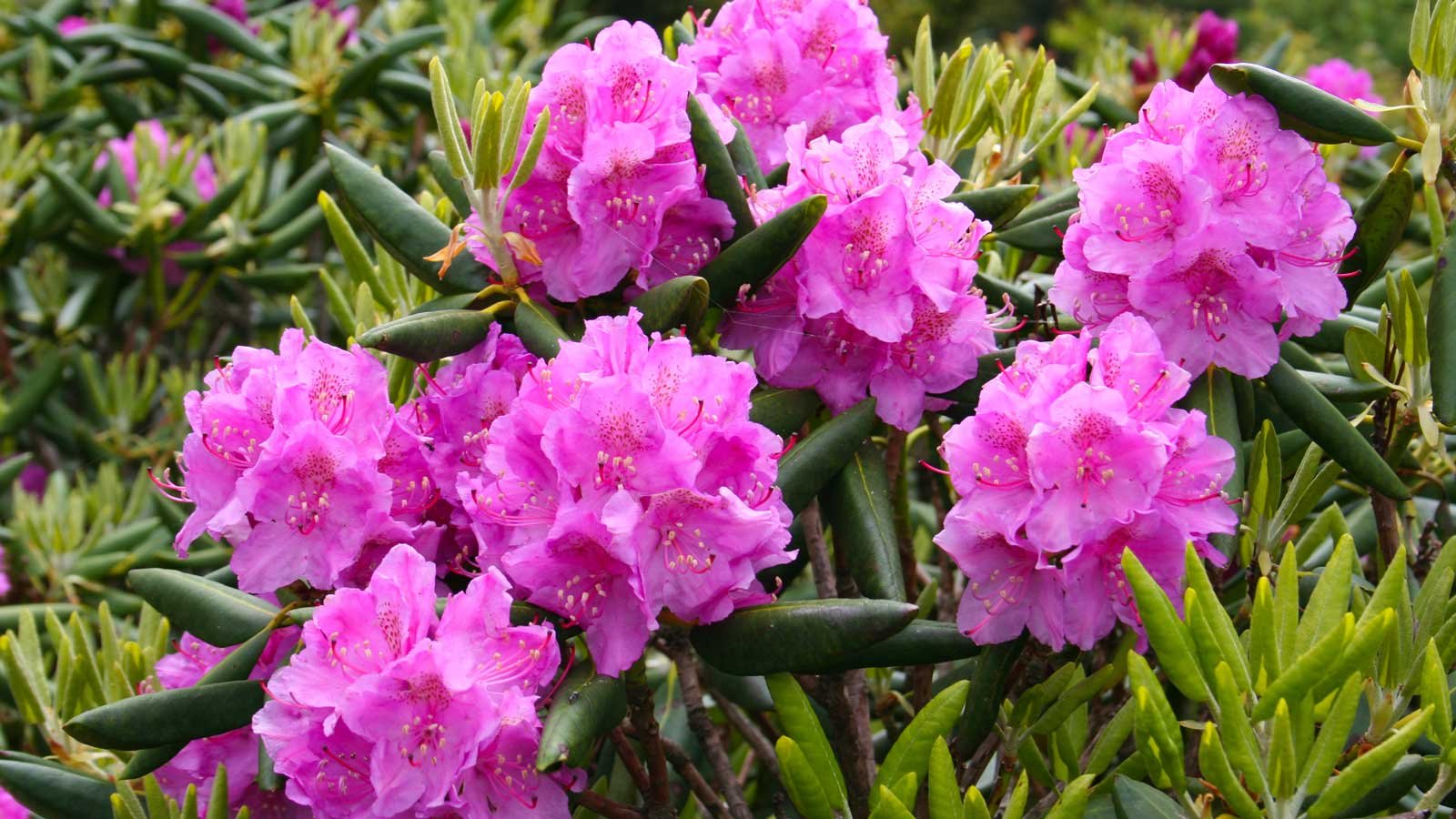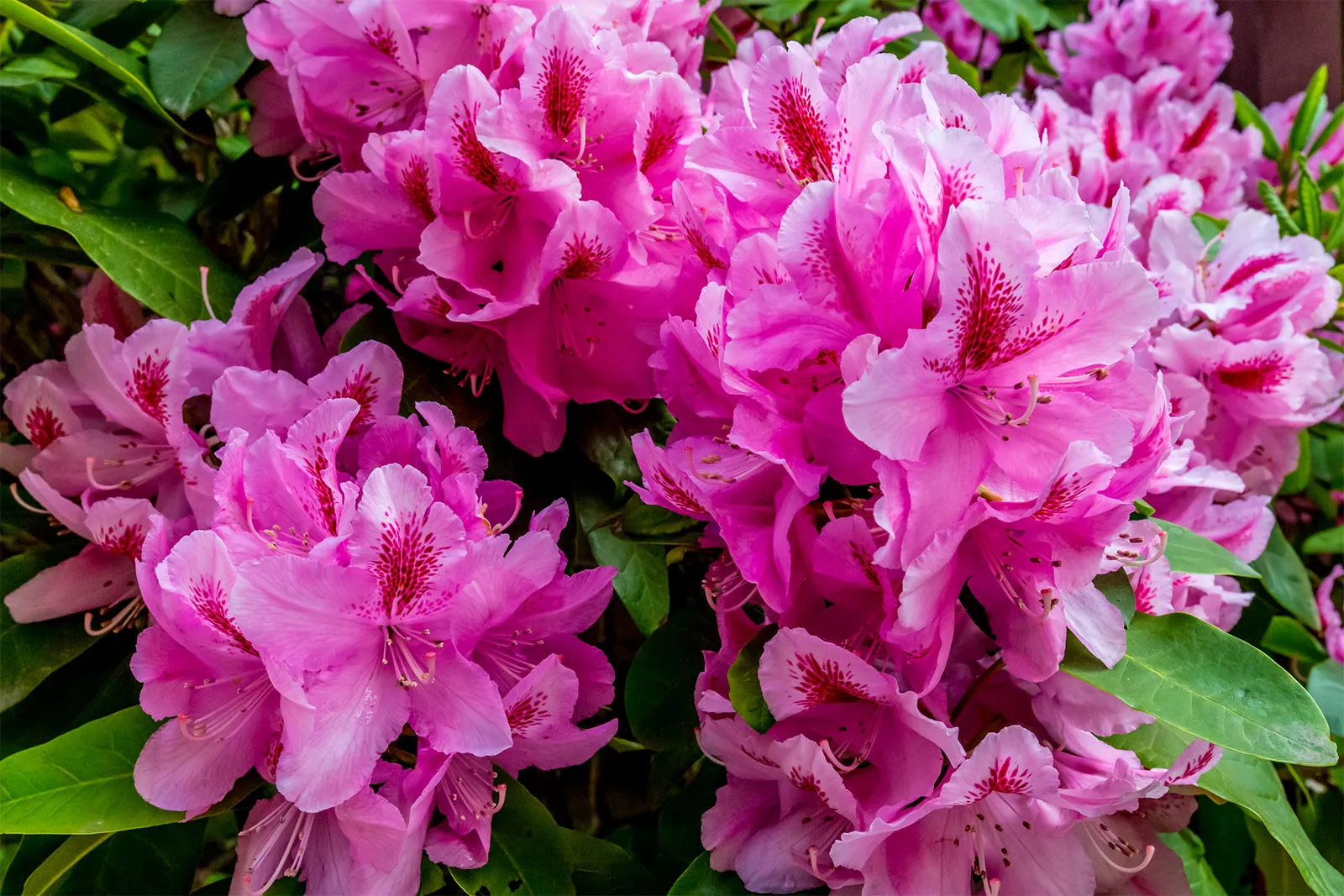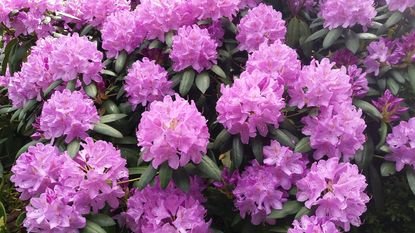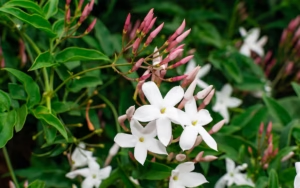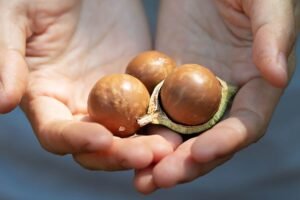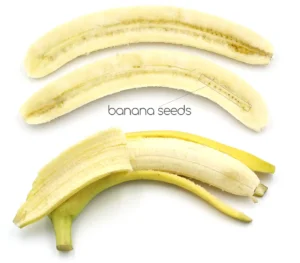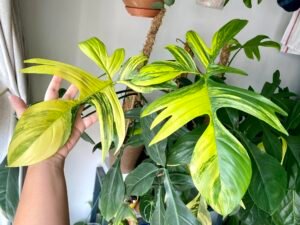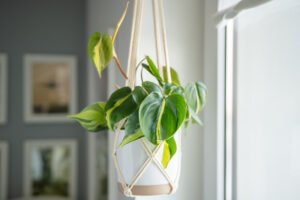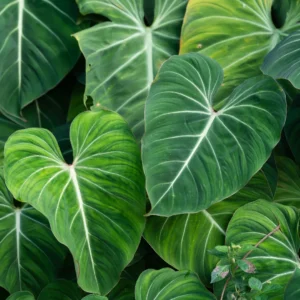Rhododendrons are stunning shrubs that add vibrant colors to any garden. With their showy blooms and glossy foliage, they’re a favorite among gardeners. If you’re planning to grow rhododendrons, this guide will walk you through everything you need to know—from planting and care to dealing with pests and propagation. Let’s dive in!
Where to Plant Rhododendrons
The location you choose for your rhododendrons is crucial for their success. These plants thrive in specific conditions, so picking the right spot ensures they flourish.
Sunlight Needs
Rhododendrons prefer dappled shade or morning sun with afternoon shade. Too much direct sunlight can scorch their leaves, while excessive shade might reduce flowering. Choose a location that offers filtered sunlight for best results.
Soil Requirements
Rhododendrons need well-drained, acidic soil with a pH between 4.5 and 6.0. Rich, organic soil with good aeration is ideal. Avoid heavy clay or alkaline soils, as these can hinder growth.
Wind Protection
Plant rhododendrons in areas shielded from strong winds. Wind can dry out their leaves and cause stress, particularly in winter.
How to Plant Rhododendrons
Planting rhododendrons correctly sets the foundation for their growth and health.
Step-by-Step Planting Guide
- Prepare the Soil: Test your soil’s pH and amend it if necessary with sulfur or composted pine bark to create the ideal acidic environment.
- Dig a Hole: Make the hole twice as wide as the root ball and just as deep. Rhododendrons have shallow roots, so avoid planting them too deep.
- Position the Plant: Place the rhododendron in the hole with the top of the root ball level with the soil surface.
- Backfill with Soil: Gently fill the hole with soil, pressing it down lightly to remove air pockets.
- Water Thoroughly: Give the plant a deep watering to help it settle in its new home.
How to Plant Rhododendrons in Pots
Growing rhododendrons in pots is a great option if you have limited garden space or unsuitable soil.
Choosing the Right Pot
Select a pot that is at least twice the size of the root ball and has drainage holes. Rhododendrons hate waterlogged roots, so proper drainage is essential.
Planting Process
- Fill the pot with an acidic potting mix designed for azaleas and rhododendrons.
- Position the plant in the center and ensure the top of the root ball is slightly above the soil line.
- Add more soil around the sides, leaving some space at the top for watering.
- Water thoroughly and place the pot in a spot with dappled sunlight.
Ongoing Care
Potted rhododendrons need frequent watering, especially in summer, but ensure the soil doesn’t stay soggy. Fertilize with an acid-loving plant fertilizer during the growing season.
Rhododendron Care
Proper care helps your rhododendrons thrive and bloom abundantly.
Watering
Keep the soil consistently moist but not waterlogged. During dry spells, water deeply once or twice a week, ensuring the moisture reaches the root zone.
Fertilizing
Feed your rhododendrons with a balanced fertilizer formulated for acid-loving plants in early spring and after blooming. Avoid over-fertilizing, as this can damage the roots.
Mulching
Apply a 2–3 inch layer of mulch around the base to retain soil moisture and regulate temperature. Use pine bark, wood chips, or leaf mold as mulch options.
How to Prune Rhododendrons
Pruning rhododendrons keeps them healthy and maintains their shape.
When to Prune
Prune immediately after flowering to avoid cutting off next year’s buds. Late spring or early summer is ideal.
How to Prune
- Remove dead or diseased wood to improve plant health.
- Thin out overcrowded branches to improve air circulation and light penetration.
- Cut back overgrown stems to encourage new growth. Use clean, sharp tools to make precise cuts.
How to Propagate Rhododendrons
Propagating rhododendrons is a rewarding way to grow new plants from an existing one.
Methods of Propagation
- Cuttings: Take 4–6 inch cuttings from semi-hardwood stems in late summer. Dip the cut ends in rooting hormone and plant them in a mix of sand and peat. Keep the cuttings in a humid environment until roots form.
- Layering: Bend a low-growing branch to the ground and bury part of it in soil, leaving the tip exposed. Roots will form at the buried section, and you can separate the new plant after a year.
Pests and Problem Solving
Rhododendrons are relatively low-maintenance but can face a few challenges.
Common Pests
- Lace Bugs: These pests suck sap from leaves, causing yellowing. Control them with insecticidal soap or neem oil.
- Weevils: These can damage roots and foliage. Use nematodes or sticky traps for control.
Diseases
- Root Rot: Caused by poor drainage; improve soil conditions to prevent this.
- Powdery Mildew: A fungal infection that creates a white coating on leaves. Treat with fungicides or improve air circulation.
Advice on Buying Rhododendrons
Choosing healthy plants from a reputable source ensures success in your gardening journey.
What to Look For
- Opt for plants with vibrant, unblemished leaves and strong stems.
- Avoid plants with yellowing leaves or signs of pests.
Where to Buy
Check local nurseries, garden centers, or online retailers specializing in rhododendrons. Read reviews before purchasing online to ensure plant quality.
Frequently Asked Questions
How fast do rhododendrons grow?
Rhododendrons grow slowly, typically 6–12 inches per year, depending on the variety and growing conditions.
Can rhododendrons grow in full sun?
Some varieties can tolerate full sun in cooler climates, but most prefer partial shade to avoid leaf scorch.
How often should I water rhododendrons?
Water them deeply once or twice a week, depending on weather and soil conditions.
Read also: https://techcrunchs.net/how-to-grow-and-care-for-yucca-plants

